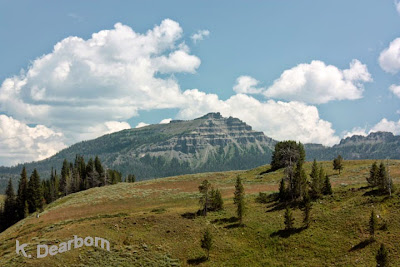A roadside pull out on the Wind River Reservation.

Kind of Cloudy

The morning birds become quieter.

Darkness slides over the road and the nearby farm.
Crickets start to chirp - extreme shadows!
A few seconds before totality!
Bailey's beads!
Diamond ring!
Second Contact:
Totality!

Diamond ring again!


For more info on eclipses, and Wyoming - Visit us and subscribe at TheEarthMinute.com

















 Totality will touch Western Oregon around 10:10 am PDT and hit the Atlantic in South Carolina at about 2:50 pm EDT.
Totality will touch Western Oregon around 10:10 am PDT and hit the Atlantic in South Carolina at about 2:50 pm EDT.
























